An Overview of the Best-Practices Used By World-Class Companies
Best-practices are the six business processes world class companies use to identify, develop and retain customers. They exemplify business excellence, and provide a template any company or organization can use to build its business.
Companies that are attempting to put best-practices into effect in their own businesses:
- Constantly search for ways to make improvements to their products and services and enhance relationships with suppliers and customers.
The business world moves very quickly. Savvy business leaders realize that -- therefore they are continually on the lookout for the major and minor shifts happening in the marketplace all the time. These leaders also understand how those shifts will impact on their current and future business operations.
The advent of the Internet has made it extremely easy for new competitors to crop up to serve a niche consisting of an existing businesss best customers. Again, experienced business leaders anticipate that and adjust their business plans to respond appropriately.
- Develop ongoing relationships with their key stakeholders that are serious and positive.
The best companies dont just give lip service to customer relationships -- they make meaningful contributions to the success of those customers.
Equally, aspiring best-practice companies build strong relationships with all their stakeholders -- employees, suppliers and partners. The best way to build these key relationships to best-practice level is on a base of trust and shared communication.
- View their operations from a business process perspective.
Aspiring best-practice companies leave internal functional boundaries to one side and focus on processes as achieving a specific objective. That way processes that have succeeded in different contexts can be evaluated for potential assimilation -- even if the internal steps taken will be entirely different.
In other words, the process is important -- not the component steps required.
The purpose of best-practices is not to find the perfect solution, the best practice that can be lifted intact from a hotel and put to work in a steel plant. That rarely happens. The purpose of best-practices is to disturb you with new ideas and insights. We mean "disturb" in a positive way: All creative ideas and insights have their origin in the minds of people dissatisfied or puzzled by what they encounter in their world. This cognitive dissonance demands a resolution to problems, simple or complex. Sometimes that discovery comes in a sudden illumination; sometimes over months of trial and error.
--Robert Hiebeler, Thomas Kelly & Charles Ketteman

Develop a shrewd and profound understanding of your customers and markets
Best-practice companies understand and respond to the constantly changing needs of their customers by:
- Understanding the broader market, not just the customer.
- Systematically visualizing the value chain.
- Talking to customers meaningfully on an ongoing basis.
- Revising products in response to customer requests.
- Segmenting customers.
Businesses that succeed realize that their customers represent a moving target. Therefore, they have in place formal and well designed processes which allow them to update their understanding of their customers needs on a regular and ongoing basis.
To achieve this, best-practice companies utilize these sub-processes:
- Understanding the broader market, not just the customer.
The total market environment has a direct impact on your customers business needs and prospects. This will include factors such as: - General trends in society.
- New products offered in other industries.
- Supplier trends and developments.
- The general economic climate.
- The political climate and potential government action.
Smart companies dont just study their customers in isolation. They look at the broader perspective, and factor in how those changes may impact on their customers in the future.
- Systematically visualizing the value chain.
Best-practice companies can draw a detailed value chain running from their suppliers through the firm and right through to the end user. Once developed, this diagram is prominently displayed everywhere within the company so: - Employees understand how they fit into the overall process of creating and delivering value.
- Employees understand how other stakeholders participate in the value creation process.
- Everyone in the organization can be attuned to changes that are occurring in the value chain continually.
Unless a value chain can be drawn, it is highly unlikely the company has gathered sufficient information about the customer and the industry to be of long-term use.
- Talking to customers meaningfully on an ongoing basis.
Best-practice companies gather specific information that allows them to understand why people are buying from them. This information is generally of three types: - Understanding the immediate gratification benefits a customer derives, and the long-term benefits customers anticipate -- so the company can meet both types of needs.
- Measuring the customers perceptions which are shaped every time he or she interacts with the company -- and how those vary for first-time and long-term customers.
- Analyzing the customer purchase cycle so future needs can be properly catered for.
Gathering this type of information effectively takes far more than the odd survey or superficial attempt. Every customers reaction must be gathered personally and recorded. Best-practice companies profile their customers so they become more acutely attuned to their needs.
- Revising products in response to customer requests.
Ideally, best-practice companies use the information they gather from customers to collaborate with them on the design of additional products and services that give customers more of what they want. In effect, they set up a feedback loop in which customers have a large input into what gets developed in the future.
That way, the customers voice colors and influences everything a best-practice company attempts to do. It doesnt mean the company cant introduce enhancements that dazzle and amaze. Best-practice companies do that as well. The main focus, however, is on solving problems for customers.
- Segmenting customers.
Best-practice companies segment customers in whatever way makes sense for them: - By age.
- By income.
- By purchases already made.
- By demographic factors.
Segment-specific products and services can then be developed and marketed. Clear strategies can be developed by which customer satisfaction in each segment will be delivered. Marketing strategies and product specifications can be developed for individual segments.
Taken to its ultimate conclusion, segmentation is a form of customization. Many best-practice companies use technology to make their customer segments smaller and smaller -- thereby enhancing customer satisfaction, loyalty and profitability.
Customer segmentation is also an excellent basis for the development of collaborative relationships with third party vendors. Working together, highly specific packages can be developed and marketed.
Business history is replete with companies that failed or faltered because they didnt adequately understand, or were insensitive to, the ever-changing needs of their customers. It is also replete with companies that were so prescient that they were able to create markets where none existed before and capture customers whose needs changed once those companies came into existence. The lesson is clear: Companies that fail to adapt to changes elsewhere in their industries value chains are often blind-sided by competitors who react to those changes.

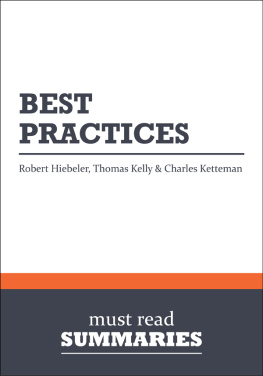


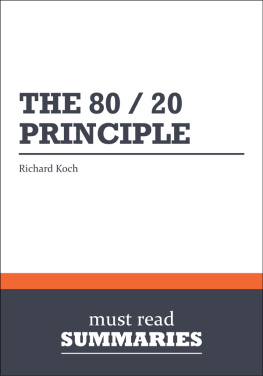






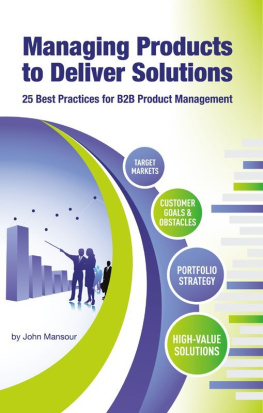

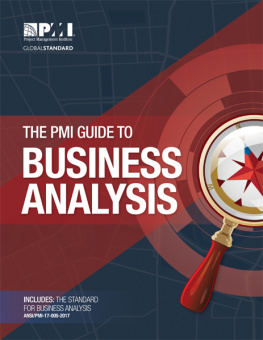

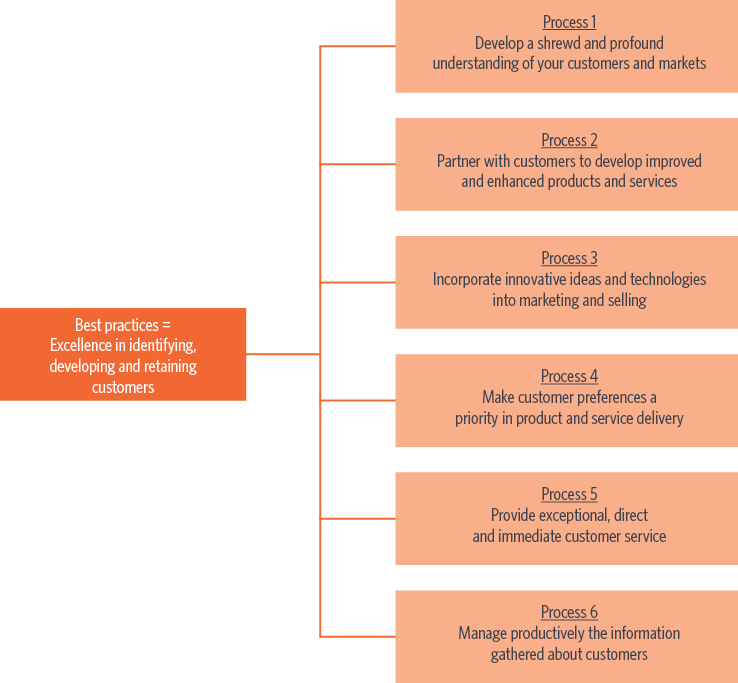
 Develop a shrewd and profound understanding of your customers and markets
Develop a shrewd and profound understanding of your customers and markets